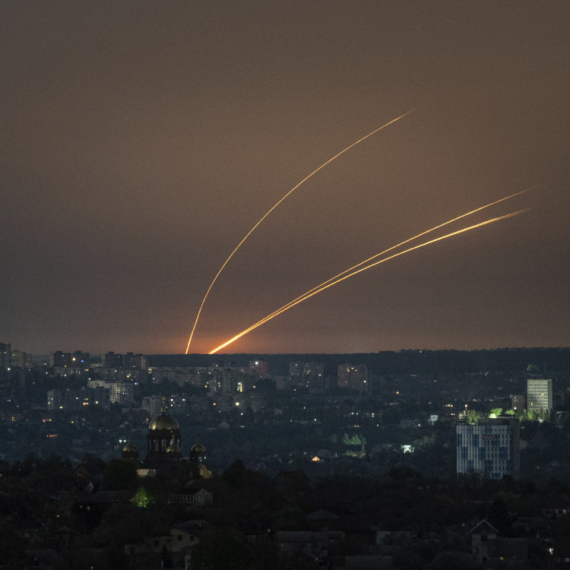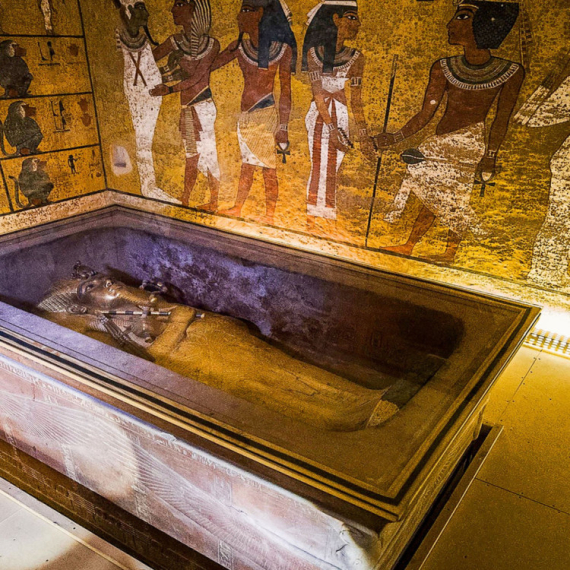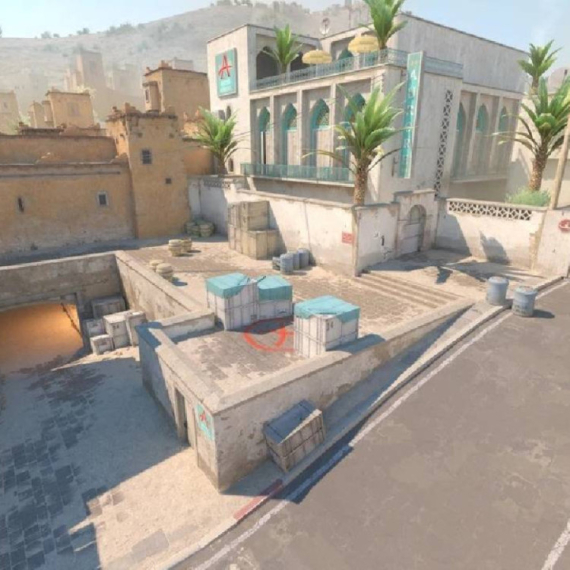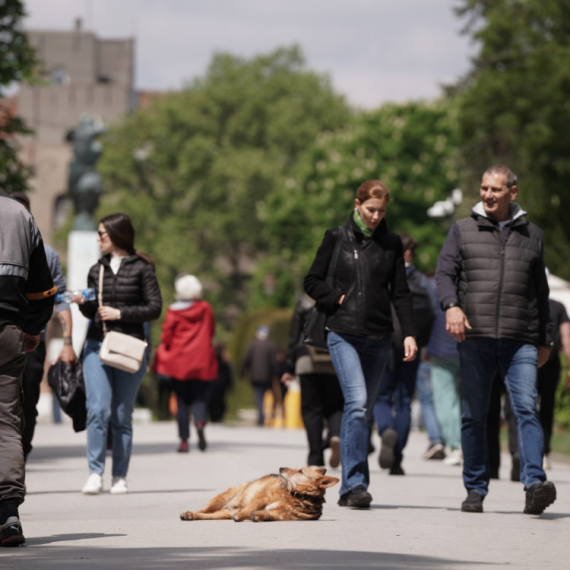Defense contests Srebrenica figures
The defense of the seven Bosnian Serb officers on Thursday contested the estimates presented by the prosecution.
Friday, 11.05.2007.
12:50

Defense contests Srebrenica figures
The defense contests the data presented in the report written by the Norwegian demographer, who claims that after the fall of the enclave the number of Muslim men in the Srebrenica area fell by one third in relation to the data from the 1991 census.The figure fell even more sharply in the middle-age bracket. Brunborg based his analysis on the lists of missing persons made by the International Red Cross and Physicians for Human Rights, comparing them with the data from the 1991 census and the records of death and displaced persons in BH.
The defense believes that the lists were compiled using different methodology and that they pertain to different periods stressing it is impossible to get any reliable data by collating them.
“The missing persons list, for instance, is based on “family members’ reports”, while the census and the death records are compiled by a state office. Collating the two does not necessarily result in reliable data,” the defense argued.
The prosecution witness rejected those arguments, explaining that the different methodology was useful in most cases, because if the differences are taken into account they make the data from various lists mutually complementary rather than exclusive.
The defense suggested that the report was unreliable because Brunborg, in their view, had not used all the relevant documents for his expert report.
Vujadin Popović’s defense counsel pointed to a weekly report sent by the 8th Operations Group in Srebrenica to the Bosnian Army 2nd Corps on 9 September 1994, where it says that “the exodus from Srebrenica is underway. 1,200 people have already left, one third of them unarmed”.
The witness confirmed that he had not seen the document before, adding that he couldn’t see its relevance for the assessment of the number of the persons missing and dead after the fall of the enclave in July 1995.
When Drago Nikolić’s defense counsel confronted him with the fact that the list of 7,661 missing persons in his report includes the names of about a hundred Bosnian Army soldiers who are also listed as having been killed before the fall of Srebrenica, the Norwegian demographer said that the allegations had already been checked by his team members and found not to be accurate.



























































Komentari 5
Pogledaj komentare